Armenia Deepens Its Ties with the West
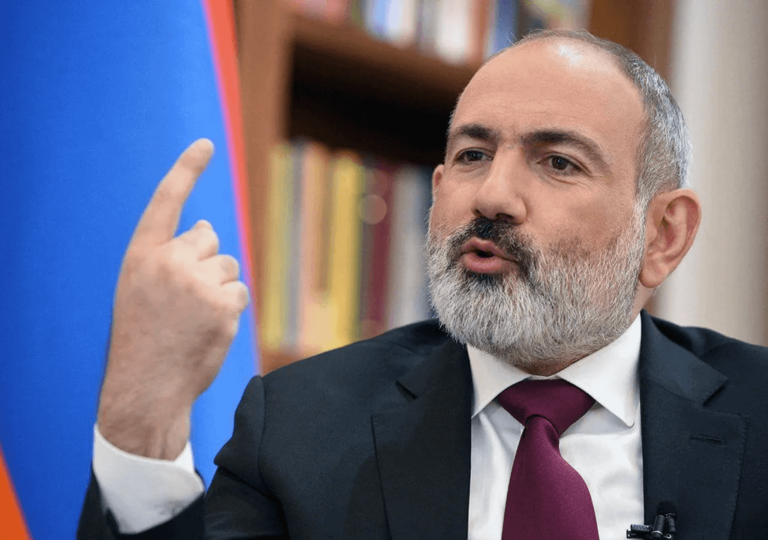
Armenia is shifting its geopolitical focus westward, strengthening ties with the U.S. and EU amid tensions with Russia

Armenia is shifting its geopolitical focus westward, strengthening ties with the U.S. and EU amid tensions with Russia
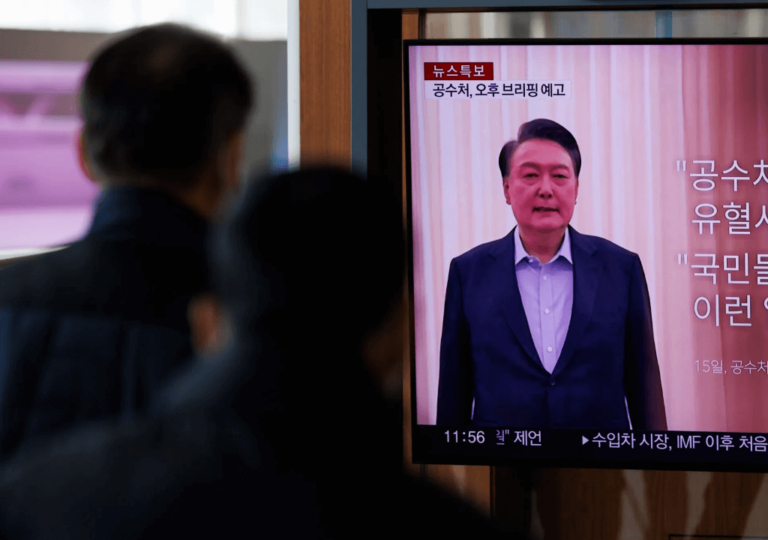
South Korean President Yoon Suk Yeol has been arrested, becoming the first sitting president to face such charges in history
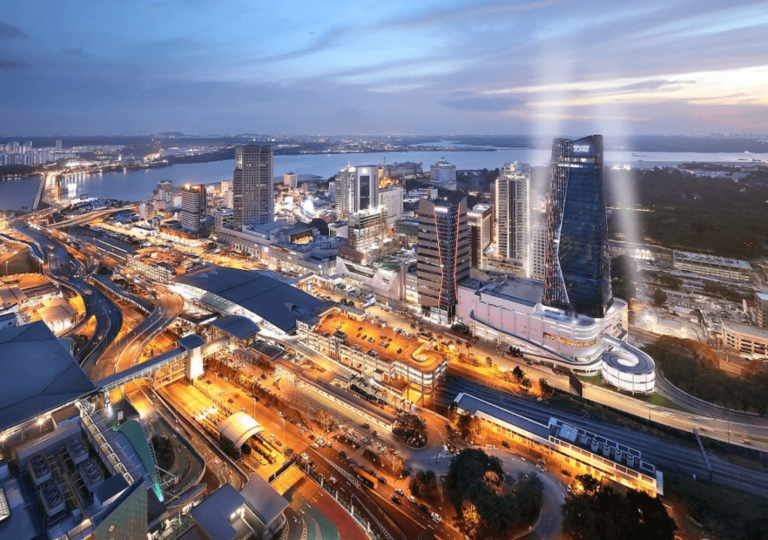
Malaysia and Singapore have launched the Johor-Singapore Special Economic Zone to boost bilateral ties and attract global investment
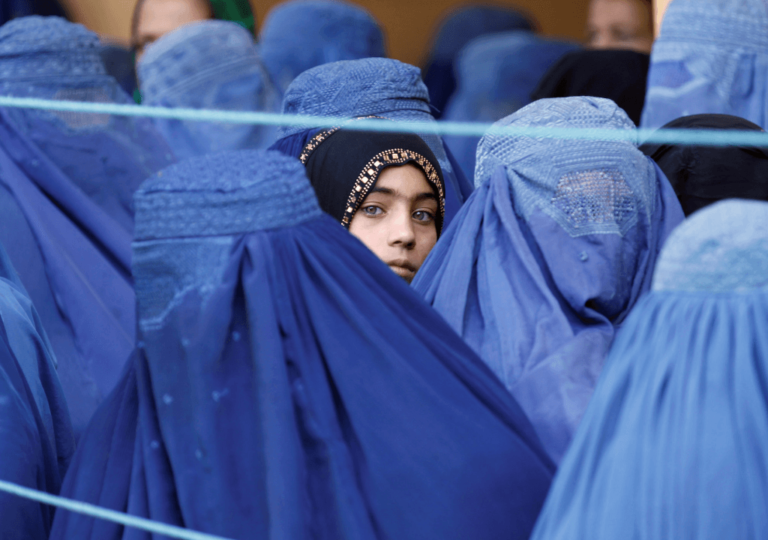
India seeks to strengthen ties with the Taliban amid shifting regional dynamics and evolving security concerns in Afghanistan
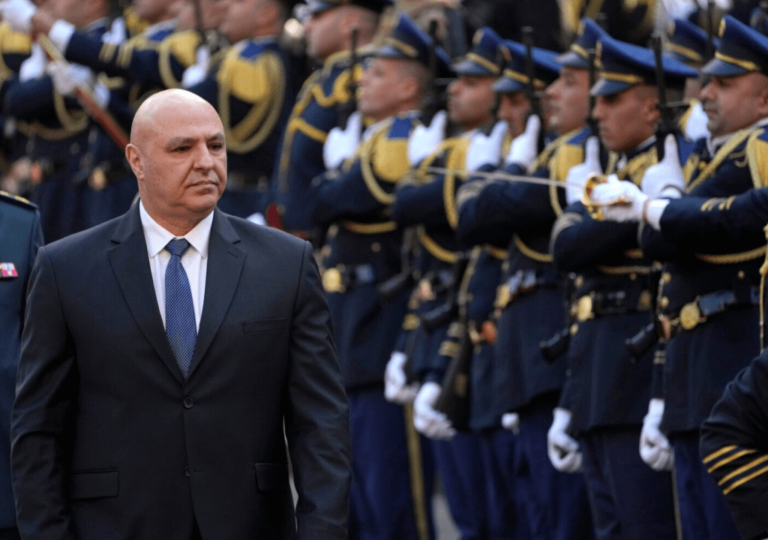
Lebanon elects Army Commander Joseph Aoun as president, signaling a shift away from Iran's influence and hope for stability
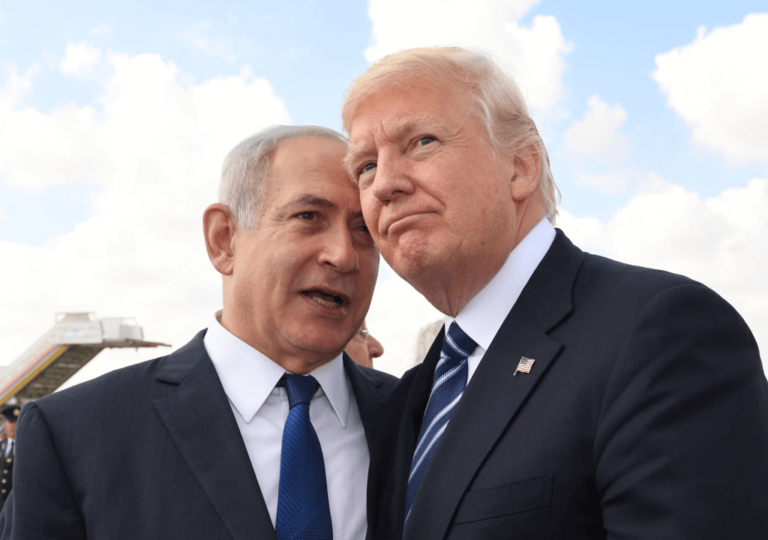
Donald Trump aims to broker a Gaza ceasefire as he begins his second term, emphasizing urgent negotiations and hostages release
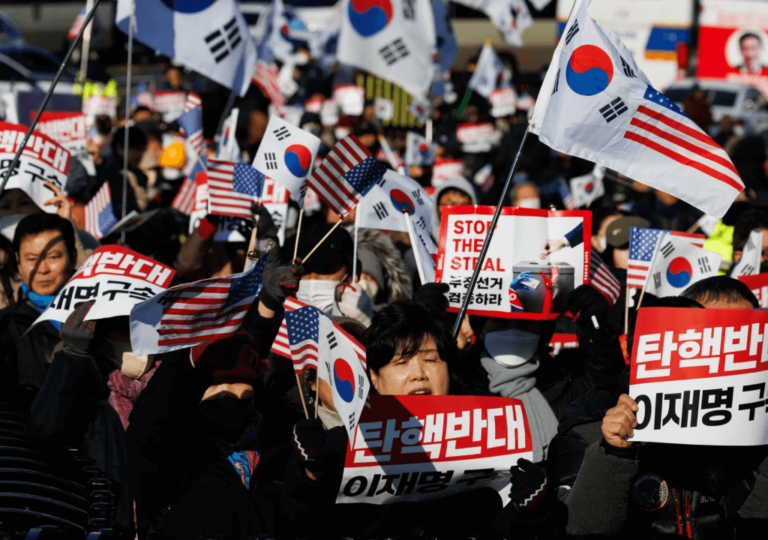
South Korea faces severe economic challenges due to political unrest, with a weakening won and declining business sentiment

Russia apologizes to Azerbaijan after accidentally shooting down a civilian plane, straining their historic alliance
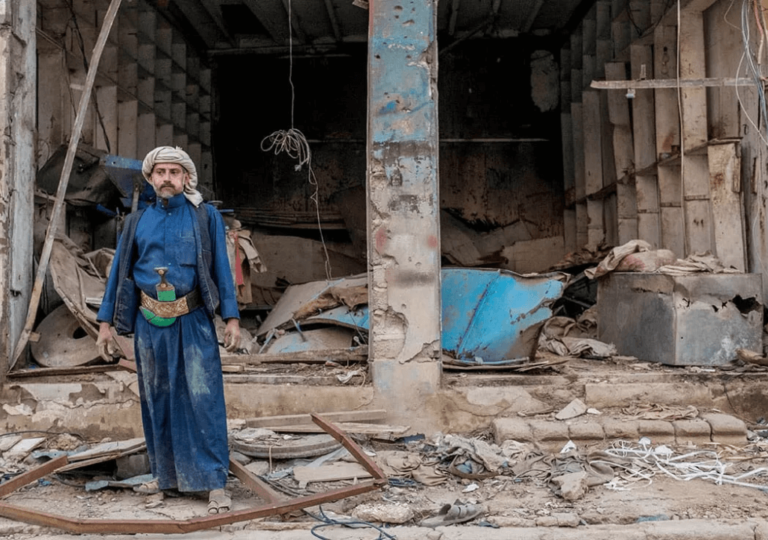
The Israel-Iran conflict is reshaping alliances in the Middle East, with potential resolutions in Syria and Yemen emerging
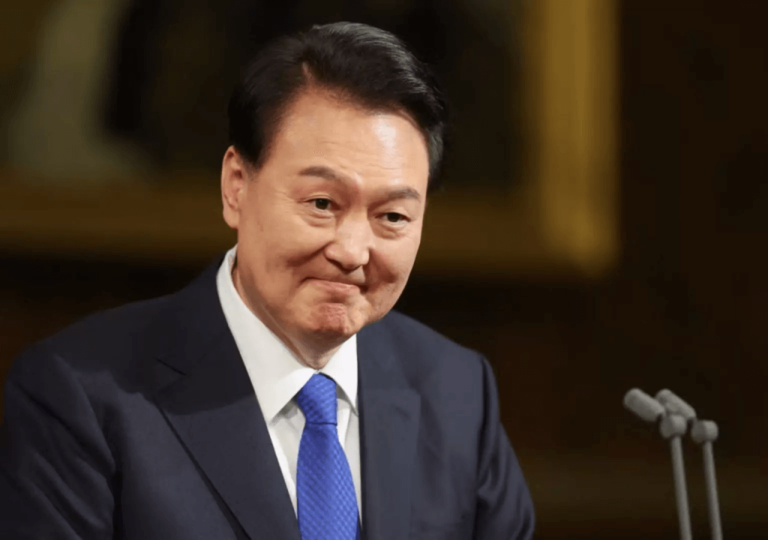
Amid South Korea's political turmoil, President Yoon Suk Yeol faces calls for resignation and potential arrest over insurrection charges